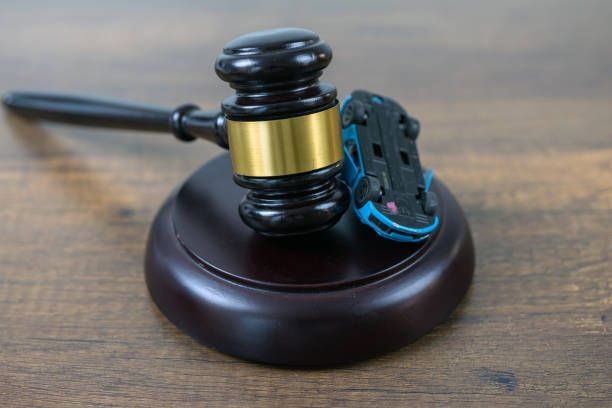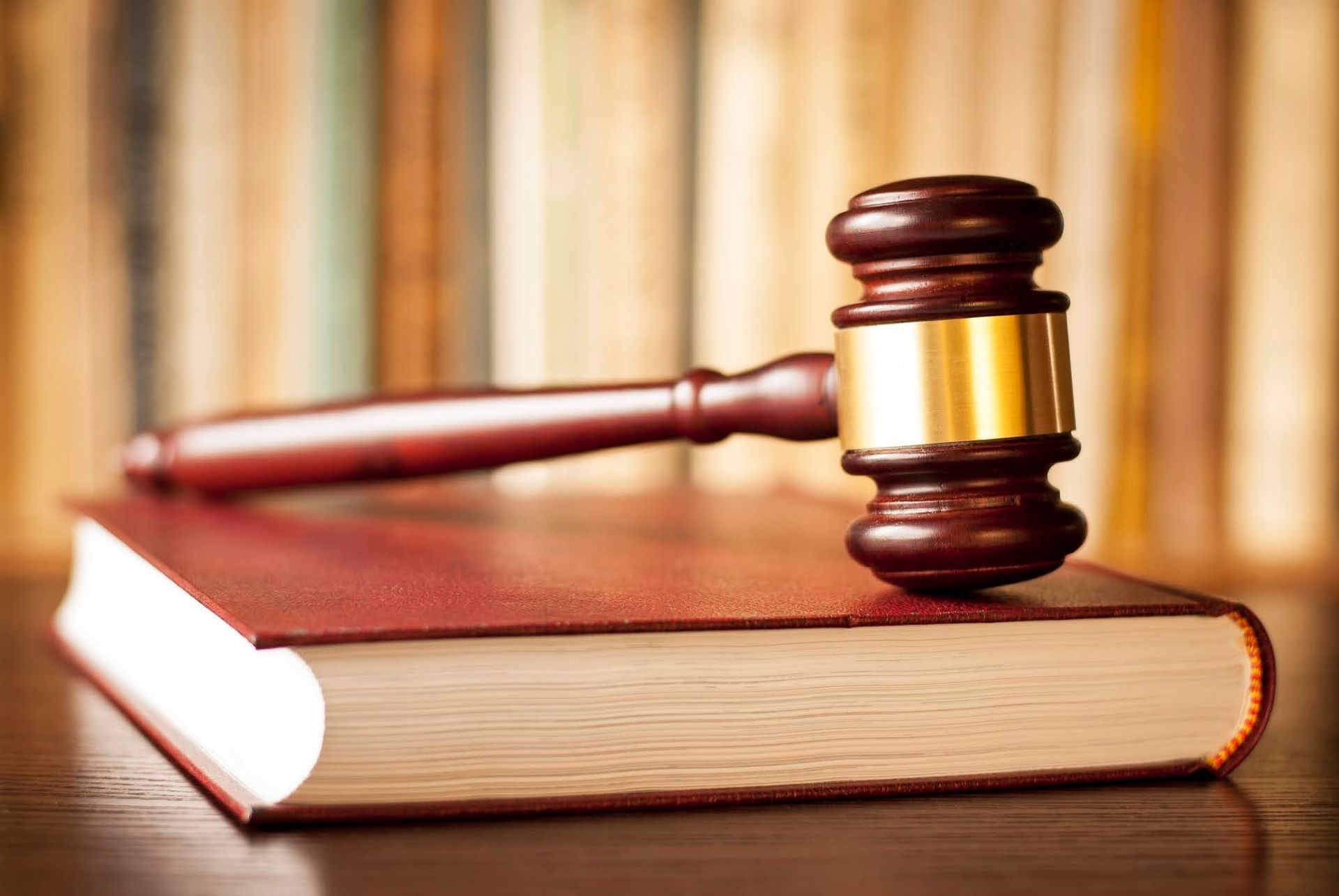Turning Tragedy Into Justice: 3 Important Phases of Wrongful Death Claims

In the face of an irreplaceable loss, the labyrinth of legal procedures can feel overwhelming. Yet, within these very complexities, justice often finds its way, illuminating the path from profound tragedy to warranted recompense.
If you've lost a loved one due to someone else's reckless or intentional actions, you need to understand the process of pursuing a wrongful death claim. This blog post delves into this poignant journey, navigating the critical stages that transform a painful aftermath into a beacon of fairness and accountability.
1. Investigation and Filing a Lawsuit
A thorough investigation is crucial to understand the nature of the incident, the liable party, and the circumstances leading to the fatal event. This phase involves gathering substantial evidence to support the claim, which can range from medical reports, witness testimonials, and police reports to any additional details that establish liability for the death.
Once the investigation is complete, your wrongful death lawyer will file a lawsuit against the negligent party or parties. This inflicts legal ramifications and gives you, the deceased's family, an opportunity to seek justice for your loved one.
Filing a lawsuit also sets the stage for the rest of the proceedings. It's where your lawyer legally states your case, outlining the allegations, losses incurred, and the compensation you seek. Your lawyer then serves this formal complaint to the accused party, giving them an opportunity to respond.
From a strategic perspective, filing the lawsuit can also apply pressure on the defendant, possibly persuading them to opt for an out-of-court settlement. This phase essentially sets the tone for the forthcoming legal battle, shaping the trajectory of the case.
2. Discovery and Negotiations
The discovery phase marks the beginning of an intense information exchange process, enabling both sides to uncover facts and arguments that the other party intends to use in court. It's a meticulous procedure that involves written questions, also known as interrogatories, requests for documents, and depositions.
The main aim is to create a transparent scenario where both sides can fathom the strengths and weaknesses of their case, preparing them for a potential trial or the next best thing—negotiation.
Negotiations often emerge as the most critical phase of a wrongful death claim, as most cases are resolved outside of court. Your attorney and the defense will engage in settlement talks to arrive at a mutually agreed amount of compensation.
The negotiation process may include multiple rounds of discussions and proposals, each side pushing for terms that best suit their interests. The phase concludes when both parties agree on the compensation. But if negotiations fail, the case moves to trial. Keep in mind that negotiations can continue even during the trial, potentially leading to a settlement agreement at any stage.
3. Trial and Settlement
The trial phase is the last resort in a wrongful death claim, pursued when attempts at negotiation reach an impasse. Here, both parties present their cases before a judge or a jury. Your attorney will present the evidence collected during the investigation phase to argue your case. They'll highlight the negligence of the defendant and the consequent losses you've suffered.
Conversely, the defense might try to refute your claims or mitigate their client's liability. It's during this phase that the strength of your evidence and the competence of your attorney play a pivotal role.
The trial concludes with a verdict, where the judge or jury decides whether the defendant is liable for the wrongful death and determines the amount of compensation.
While nothing can bring back a lost loved one, a successful wrongful death claim can provide the necessary resources and closure to move on. This is not just an exploration of the legal process but a testament to resilience, tenacity, and the enduring quest for justice in the bleakest circumstances.
Talk to us at the Law Office of Paul R. Bennett and learn more about the intricacies of wrongful death claims and how we can support you through the process.











